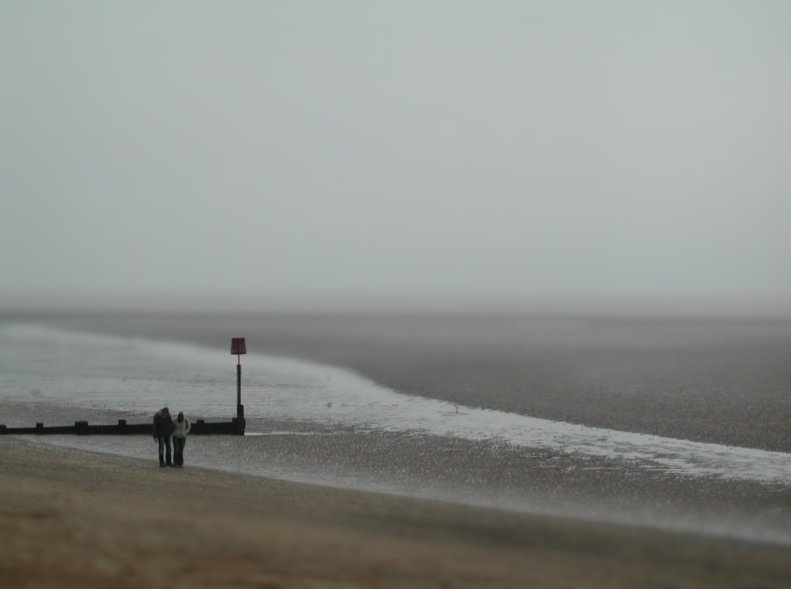Model Planet
In which we try to fake a tilt-shift lens effect
If you’re a Boing Boing reader, you might remember the post from a couple of weeks ago about photographs that look like tiny models. I was intrigued, partly by the photos themselves, and partly by the way we perceive them, the trick that makes our brain think they are tiny.
The pictures were taken with tilt-shift lenses, expensive things which distort the perspective of a photo and move the perspective vanishing points around. However, I don’t think it’s that which is mostly responsible for fooling the eye here. Rather, it’s the minimal depth-of-field that these photos have.
For non-photographers: depth of field is, essentially, the amount of a photo that is in sharp focus. Because of the basic physics of light and camera lenses, distance photos normally have an enormous depth-of-field, and close-ups have a tiny one.* Tilt-shift lenses, though, wreck your depth-of-field, making every photo look like a close-up.**
You can fake this effect yourself, given a suitable photo and some image-editing software. Here’s a photo I took earlier. I chose it because it shows an isolated, lonely couple on a depressing, cold, windswept beach, so it’s ideal for Valentine’s Day:

The other reason I chose it is that as it shows a wide, flat, muddy plain, it’s ideal for mucking around with depth-of-field effects. After a bit of trickery to make sure the groyne beacon*** stayed sharp, I applied plenty of blur to the foreground and background. And – look, tiny little people on a model beach!

(the effect doesn’t really work in the thumbnail, so click on the link to see it properly)
It might not look as good as the photos on Boing Boing, but you can see the effect starting to appear with only a few minutes’ work. The interesting thing, though, is that you probably didn’t know all that stuff I said earlier about depth-of-field and how it varies with distance. Unless you’re interested in photography, I’d be surprised if you did. Subliminally, though, you already knew it all. It’s hard-wired deep inside the visual centres of your brain somewhere, and that’s why these photos look like models.
What I’m not sure about, though, is whether we’re used to this because it’s how our eyes work, or just because we’re so used to seeing photographic**** images. I suspect it’s the former, but I don’t know enough about eyes to be certain. For my next experiment, I’m going to take a small child who has never seen a photograph and raise them out of contact with pictures or TV, just to see how they respond. Now, does anyone have any spare babies they won’t be needing for a few years…?
* If you have a decent SLR camera lens to hand, you can confirm this, because it will probably have depth markings on the lens. For example on a 1970s Pentax lens I had to hand, with the lens focused on the horizon, it claims things 25 feet away should still be in focus – a depth-of-field measured in miles, in other words. However, if it’s focused on something 18 inches away, the depth-of-field will be about one inch either side.
** It’s all in the tilt – the lens’s imaging plane is tilted so it no longer aligns with the film plane, so the only in-focus part of the picture will be a narrow band where the planes intersect. Another experiment to try at home: if you have a projector of some kind, try tilting your projection screen, and watch the picture distort and go out-of-focus – essentially, that’s what a tilt-shift lens is doing.
*** Heheheh! Groyne! Snigger!! No, I am sophisticated and grown-up really – why do you ask?
**** Which includes TV and cinema for this purpose – the lenses aren’t that different.

 Home
Home